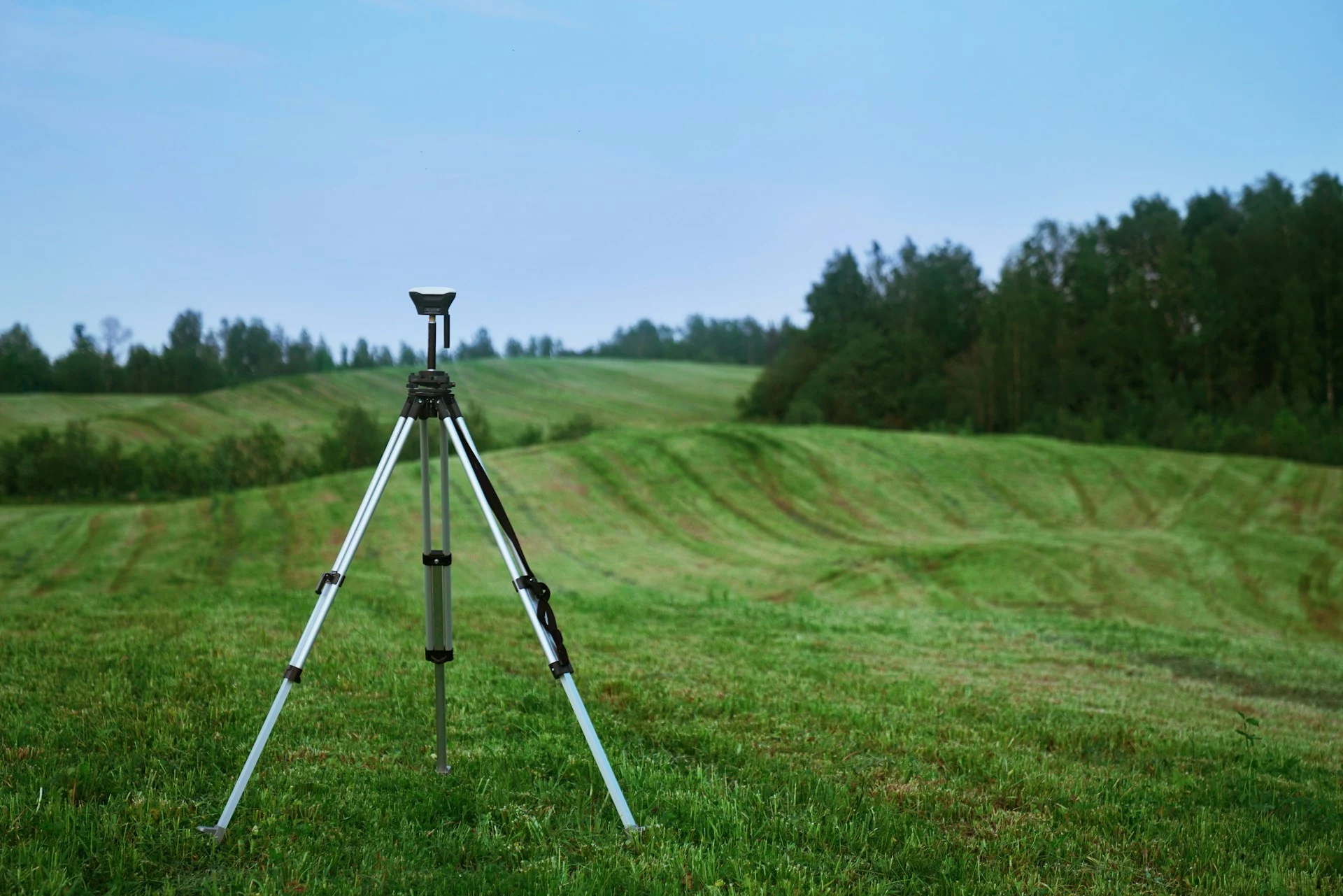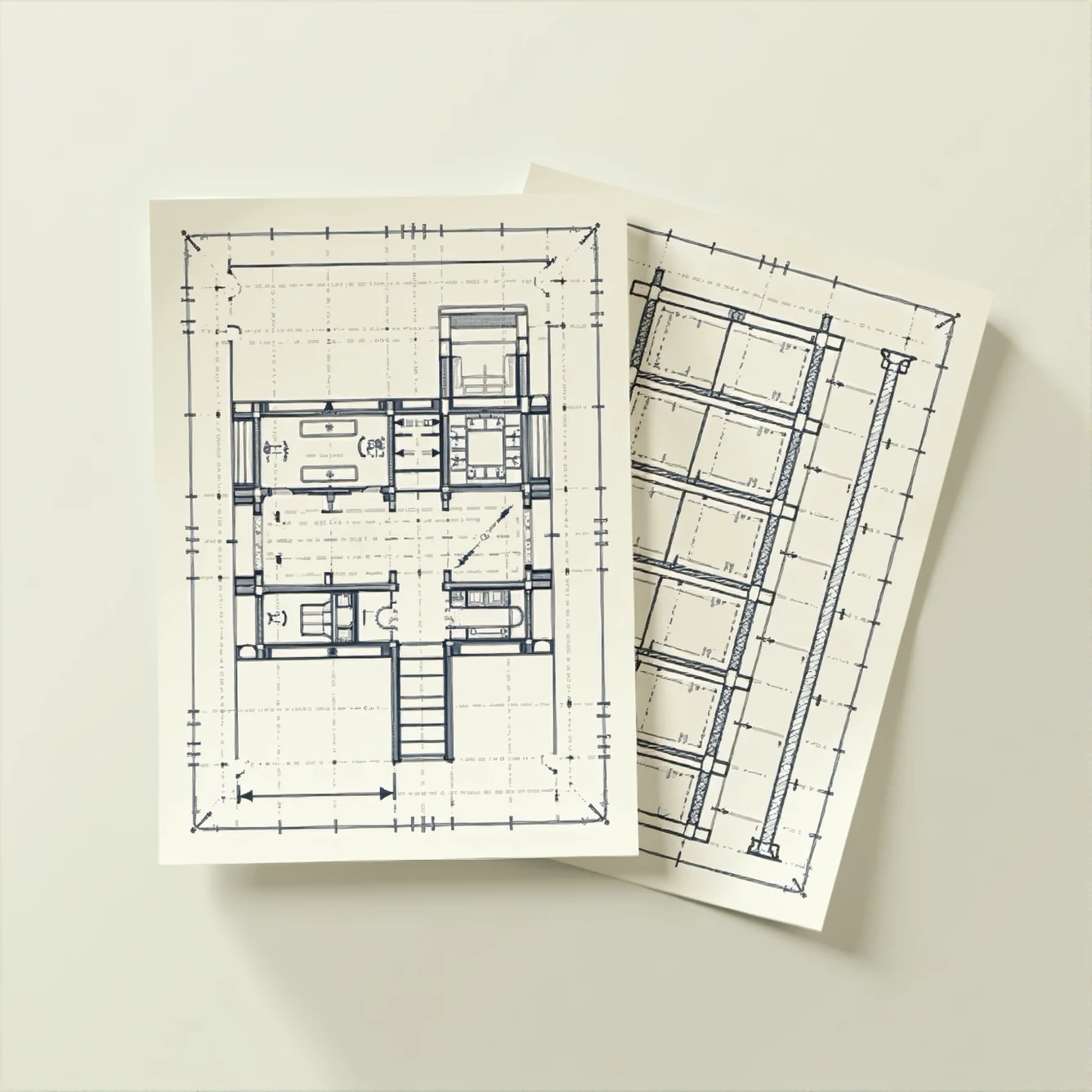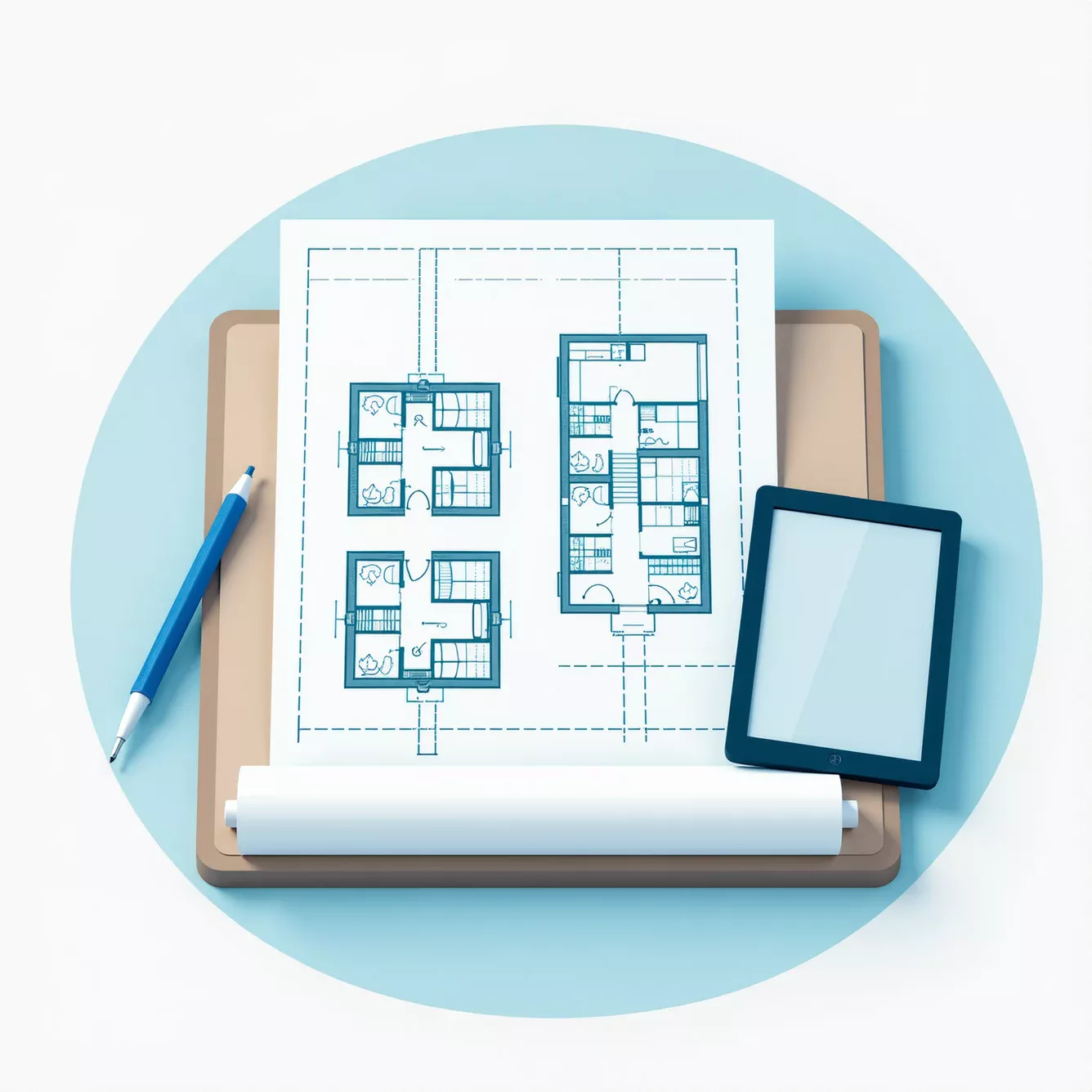
Why Are Topographic Maps Important?
Topographic maps are indispensable tools that depict the earth’s surface with detailed information about natural and man-made features. Used in a range of industries including engineering, environmental science, architecture, and recreation, topographic maps provide vital insights into terrain, elevation, land use, and infrastructure planning. Understanding the landscape is essential for effective decision-making in these fields, and topographic maps are the foundation for that knowledge. In this article, we’ll explore why topographic maps are important, covering their uses, benefits, and applications across multiple sectors.
For professional drafting services, explore our 2D Drafting & Drawing page, where we offer tailored solutions to meet your project’s mapping needs.
1. Understanding Terrain and Elevation
Topographic maps are known for their ability to represent terrain with high precision. Contour lines are used to show the elevation and shape of the land, giving an accurate picture of slopes, valleys, ridges, and peaks. This feature is critical for construction projects, environmental assessments, and any activity that relies on understanding the land’s structure. By interpreting contour intervals, professionals can gauge the steepness of slopes, determine watershed areas, and plan for erosion control or flood mitigation.
In civil engineering, the data from topographic maps informs crucial decisions. Engineers use these maps to calculate earth-moving requirements, determine the best positioning for roads or drainage systems, and identify suitable locations for structures. Having a clear understanding of terrain minimizes construction risks and ensures that infrastructure projects are safe and sustainable.
2. Essential for Land Use Planning
Land use planning requires a comprehensive view of the land’s topography to make informed choices about where to allocate space for residential, commercial, industrial, and recreational uses. Topographic maps provide detailed terrain information that helps planners assess the suitability of different areas for specific purposes. For example, flat or gently sloping areas might be designated for housing developments, while steep or forested land might be preserved as parks or natural reserves.
In urban planning, topographic maps help determine zoning regulations, establish green spaces, and ensure that new developments align with the natural environment. Planners can identify potential issues related to slope stability, drainage, and access, preventing future problems that could arise from unsuitable land use. A well-planned urban landscape not only supports efficient land use but also enhances the quality of life for residents.
3. Infrastructure Development and Engineering
Infrastructure development relies heavily on accurate topographic data to optimize the layout and positioning of structures like roads, bridges, tunnels, and utilities. Engineers use topographic maps to plan the most efficient routes, minimizing the need for extensive excavation or construction in challenging terrain. By understanding elevation changes, they can design roads that follow natural contours, reducing both costs and environmental impact.
For instance, a topographic map showing steep gradients would alert engineers to the need for retaining walls, embankments, or other structural supports in road construction. Similarly, when designing bridges and tunnels, topographic maps guide the selection of locations that maximize structural stability and minimize interference with the natural landscape. For more on our drafting and mapping services, see our 2D Drafting & Drawing page.
4. Environmental Conservation and Habitat Protection
Topographic maps play a vital role in environmental conservation by helping scientists and policymakers understand the physical characteristics of natural habitats. Conservationists use these maps to identify sensitive areas that need protection, such as wetlands, forests, and watersheds. The maps also support efforts to track ecosystem changes over time, monitor erosion, and study the effects of climate change on landscapes.
When it comes to protecting biodiversity, topographic maps assist in creating effective conservation strategies. By understanding elevation and terrain, conservationists can establish protected areas that preserve natural habitats and support species diversity. Topographic data helps prevent deforestation, land degradation, and loss of natural resources, all of which are critical to maintaining ecological balance.
5. Supporting Outdoor Recreation and Safe Navigation
For outdoor enthusiasts, topographic maps are essential for safe navigation. Hikers, campers, climbers, and other adventure seekers rely on these maps to plan their routes, locate water sources, and identify landmarks. Topographic maps provide information about elevation changes, trail paths, and potential hazards, helping adventurers make informed decisions in remote or rugged areas.
In recreational settings, topographic maps enhance the outdoor experience by showing terrain features that allow users to explore safely. These maps are designed to help people avoid dangerous areas, such as steep slopes or cliffs, and find alternative paths if needed. For more technical routes, such as mountain climbing, topographic maps are critical tools for assessing difficulty levels and choosing the safest routes to the summit.
6. Agriculture and Land Management
Topographic maps are valuable in agriculture, where they guide land management and water use practices. Farmers and land managers use these maps to analyze slope, elevation, and soil types, all of which influence crop selection, irrigation strategies, and erosion control. With the help of topographic maps, farmers can design irrigation systems that minimize water runoff and maximize soil retention, promoting sustainable land use.
In addition to crop management, topographic maps support forestry and grazing practices by helping land managers assess the health and productivity of the land. By understanding the natural contours and drainage patterns, they can implement practices that protect soil, prevent overgrazing, and ensure long-term agricultural productivity.
7. Disaster Management and Mitigation
Topographic maps are essential tools for disaster management, particularly in predicting and mitigating the effects of natural disasters such as floods, landslides, and wildfires. By analyzing terrain data, emergency planners can identify vulnerable areas and design response plans that minimize risks to lives and property. For instance, topographic maps help establish safe evacuation routes and locate areas suitable for emergency shelters.
Flood-prone regions, for example, can be identified by analyzing contour lines and understanding drainage patterns. Knowing where water is likely to accumulate allows authorities to build flood defenses, develop early warning systems, and implement effective evacuation plans. This preparation is crucial for communities located in disaster-prone areas, as it helps reduce the impact of natural events.
8. Real Estate and Property Valuation
Topographic maps are valuable assets in real estate, providing detailed information about elevation, slope, and surrounding landscapes. Real estate professionals use these maps to assess property value, especially in areas where elevation impacts views, accessibility, and susceptibility to natural events. Properties with favorable terrain features, such as elevated views or gentle slopes, may be more desirable, leading to higher market value.
Topographic maps also help developers assess construction feasibility, as the terrain directly affects building costs. For example, properties on flat land are easier and cheaper to develop than those on steep slopes. Understanding these factors allows real estate professionals to price properties accurately and make informed investment decisions.
9. Military and Strategic Planning
In military operations, topographic maps are indispensable for planning and executing missions. They provide detailed information about the landscape, allowing strategists to assess visibility, line of sight, and mobility within a given area. By understanding the terrain, military units can navigate effectively, choose the best positions for surveillance, and optimize routes for logistical support.
During reconnaissance missions, topographic maps help identify potential obstacles, such as rivers, mountains, and dense forests, that may affect troop movement. This information is critical for both offensive and defensive strategies, as it enables military planners to prepare for various scenarios and adapt to the landscape’s unique challenges.
Conclusion
Topographic maps are essential tools that support a wide range of industries and applications, from environmental conservation to infrastructure development. By providing detailed information about terrain, elevation, and natural features, these maps help professionals make informed decisions that impact safety, sustainability, and functionality. For those seeking accurate mapping and drafting services, visit our 2D Drafting & Drawing page to explore our solutions.









